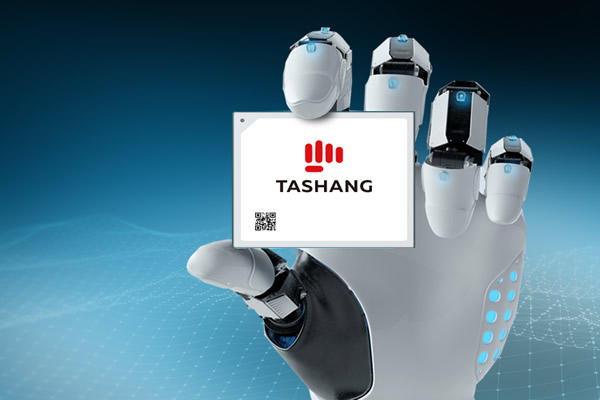Delta is leading the semiconductor field. Yesterday (23), it announced that it will spend 320 million yuan to set up the preparatory office of Ankara Semiconductor, targeting the most compact third-generation semiconductors. From the design side, it will not rule out the introduction of partners in the future to strengthen its strength. .
The third-generation semiconductors have the characteristics of high efficiency, low energy consumption, and fast heat dissipation. They are necessary components for popular applications such as 5G, low-orbit satellites, high-speed computing, and electric vehicles, attracting many big names to join, not only TSMC, UMC, World, Hanlei, Jiajing and other well-known semiconductor manufacturers on the island have invested in it, and the third silicon wafer brother, Universal Crystal, has not been absent, and IC designers have gradually introduced third-generation semiconductor materials to develop application chips such as fast charging.
The legal person explained that Delta joined the ranks of third-generation semiconductors as a global leader in power supplies. Although it only invested 320 million yuan to set up a “preparation office” at the initial stage, it is of great significance, which highlights that the third-generation semiconductor market has attracted international manufacturers. High expectations.
Delta said that it will first establish Ankara Semiconductor, enter the research and development of advanced power technology and third-generation semiconductors, and produce and sell related products. In the future, it hopes to master the upstream design, provide key semiconductor components, and master the third-generation semiconductor components. Semiconductor application trends, the introduction of semiconductor-related strategic partners will not be ruled out in the future.
Delta pointed out that the tentative capital of Anji Semiconductor is NT$400 million, Delta holds 80% of the shares, and the rest of the shares are subscribed by its subsidiary Delta Capital and its founding employees. The key figures at the helm of Ikari Semiconductor are Liu Liangfu, chairman of Delta Capital, and Xing Taigang, former head of Delta’s Advanced Components and Modules Division.
Zhou Zhihong, a spokesman for Delta Electronics, said that Delta Electronics has a team that has been researching third-generation semiconductors for many years, and there are many related products. In particular, Delta Electronics is a global leader in power supplies and has a huge export to the sea. In the past, a lot of All energy is used in terminal applications. This time, through the establishment of Ink-based Semiconductor, I hope to further grasp the upstream design-side R&D. Through close cooperation with end customers, we can understand the usage situation and grasp the development trend of the third-generation semiconductor.
It is understood that Ankari Semiconductor initially locked 600-volt power supplies and other products, and the outside world is optimistic. With the increasing demand for power components in emerging applications such as 5G communications, electric vehicles, and high-efficiency power supplies, due to gallium nitride (GaN) and silicon carbide (SiC) still has excellent performance under high temperature resistance and high current environment. In addition, the world has begun to pay attention to the issue of carbon emissions. High energy efficiency, low energy consumption gallium nitride and silicon carbide have become the new generation of business opportunities for third-generation semiconductors.
Hai Yingjun, chairman of Delta Electronics, responded to the legal person’s question in February this year, saying that the charging advantage of the third-generation semiconductor is the focus of the market, and the industry is very concerned about the development of this technology, including electric vehicles. , power supply has customers talking about the third-generation semiconductor application technology. However, this technology has its advantages, but there are still problems such as safety, reliability and cost. middle.




